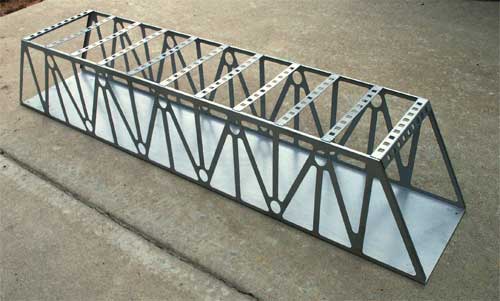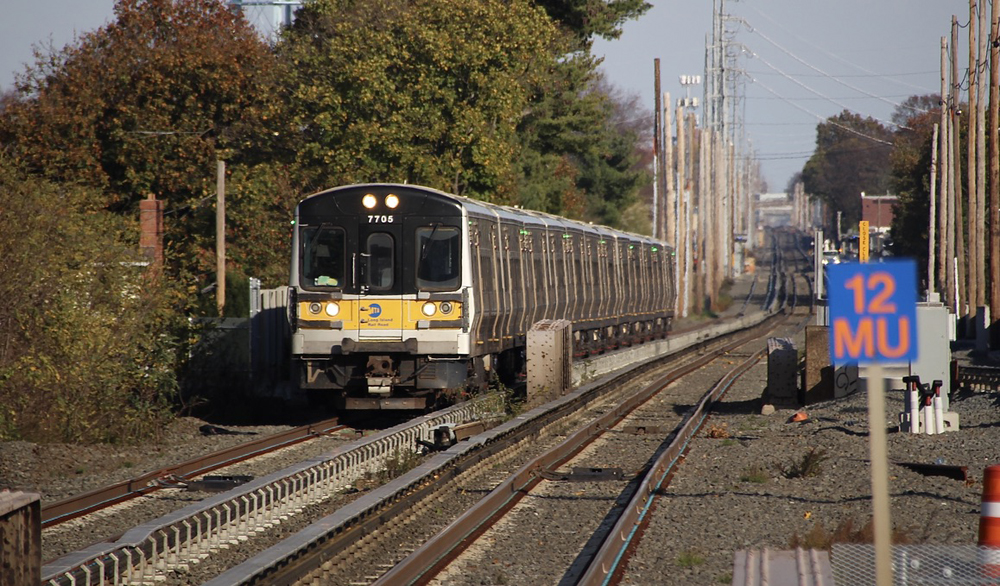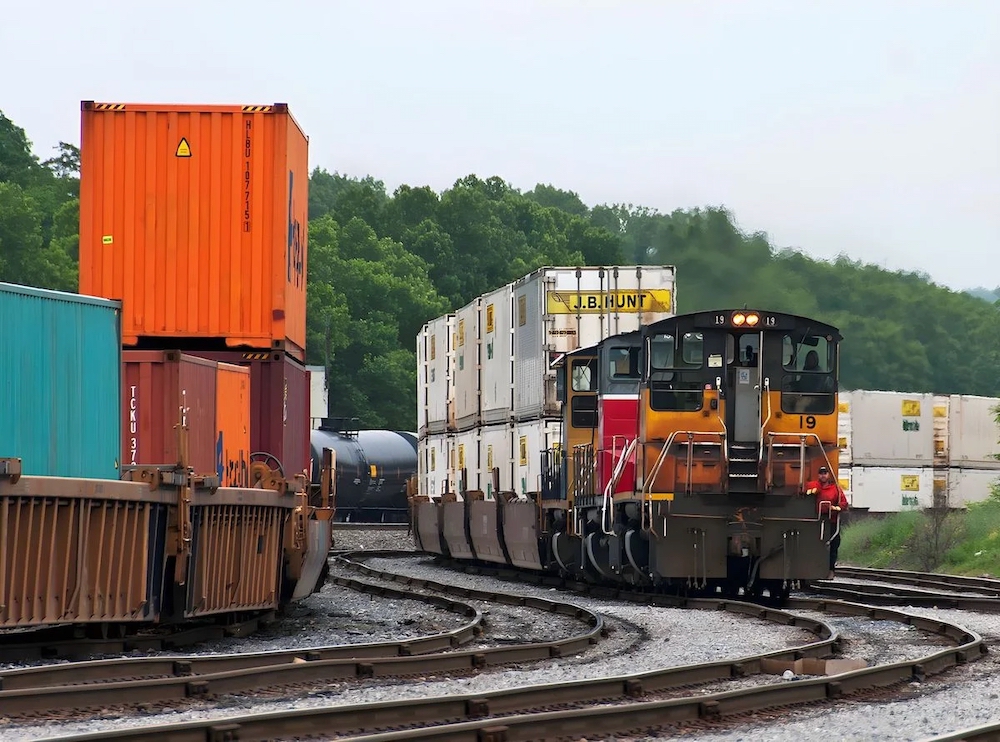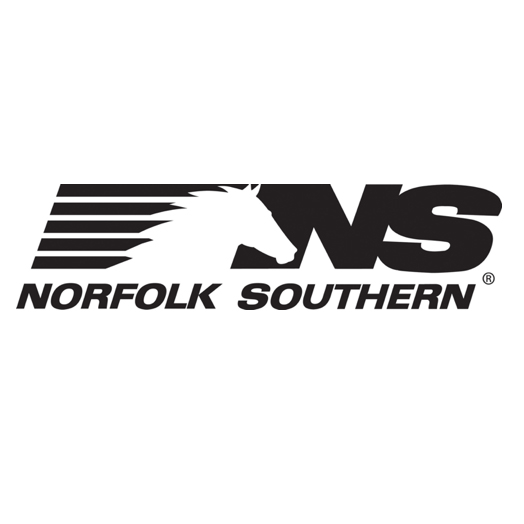4′ steel through-truss bridge
100 Year Bridge Company
Sold exclusively through:
B&E Junction
17 W. Market St.
York PA 17401
Price: $74.95
Web site: www.100yearbridge.com
4′ “galvannealed” steel through truss bridge (#948); tinplate-esque through-truss bridge cut from 20-gauge steel. Dimensions: length, 47½”; width, 9¼” (85/8″ horizontal clearance); height, 9″ (8¼” vertical clearance without track)
Pros: Steel construction should hold up well outdoors; bridge is sound and will not sag under heavy loads
Cons: No scale specified; low height limits the variety of large-scale trains that will fit through the bridge; sides and top made from thin metal and subject to deformation if bumped; some corners are sharp and may cause minor injury to fingers; while the bridge will not sag, it is in need of additional bracing to keep it from twisting; detail is lacking-the bridge offers more a silhouette of a through-truss bridge rather than a detailed model of one
This is an intriguing bridge. It’s certainly not a scale model, just a simple representation of a bridge. If that’s all you’re after, or if it’s going to be in the background of your railroad, it’s an economical choice for spanning a fairly large gap. It’s certainly strong enough to support anything we could run over it, but a lack of corner bracing makes it torsionally weak. This isn’t much of an issue as long as you don’t bump into it, but diagonal braces on the ends would go a long way toward strengthening it.
The bridge’s biggest drawback is its low height. As I mentioned earlier, it’s originally designed for 0-scale trains, and can carry a double track, 0-scale mainline across without trouble. When you use it for large-scale trains, you’ll need to be careful of the height of the equipment you run through it. With no track, the bridge has a vertical clearance of 8¼”. When you add the track, you decrease that clearance by the height of the track, typically around 3/4″. So, as long as none of your equipment exceeds 7½” tall, you’re fine. Many of the larger 1:20.3 locomotives, such as a K-27 may not fit. Tall rolling stock, such as USA Trains’ double-stack container cars may have clearance issues as well.
This bridge is not designed to be a scale model, nor is it really designed specifically for large-scale trains. With that in mind, it’s hard to fault a product for not doing something it’s not intended to do in the first place. It’s a viable option for us, provided you keep its physical shortcomings in mind. If you’re looking for something that represents a bridge, and your equipment will fit, it’s worthy of consideration.














